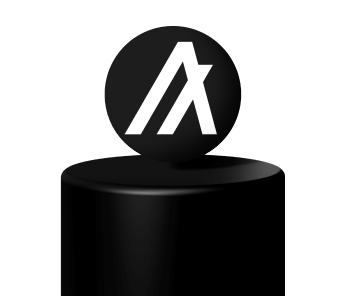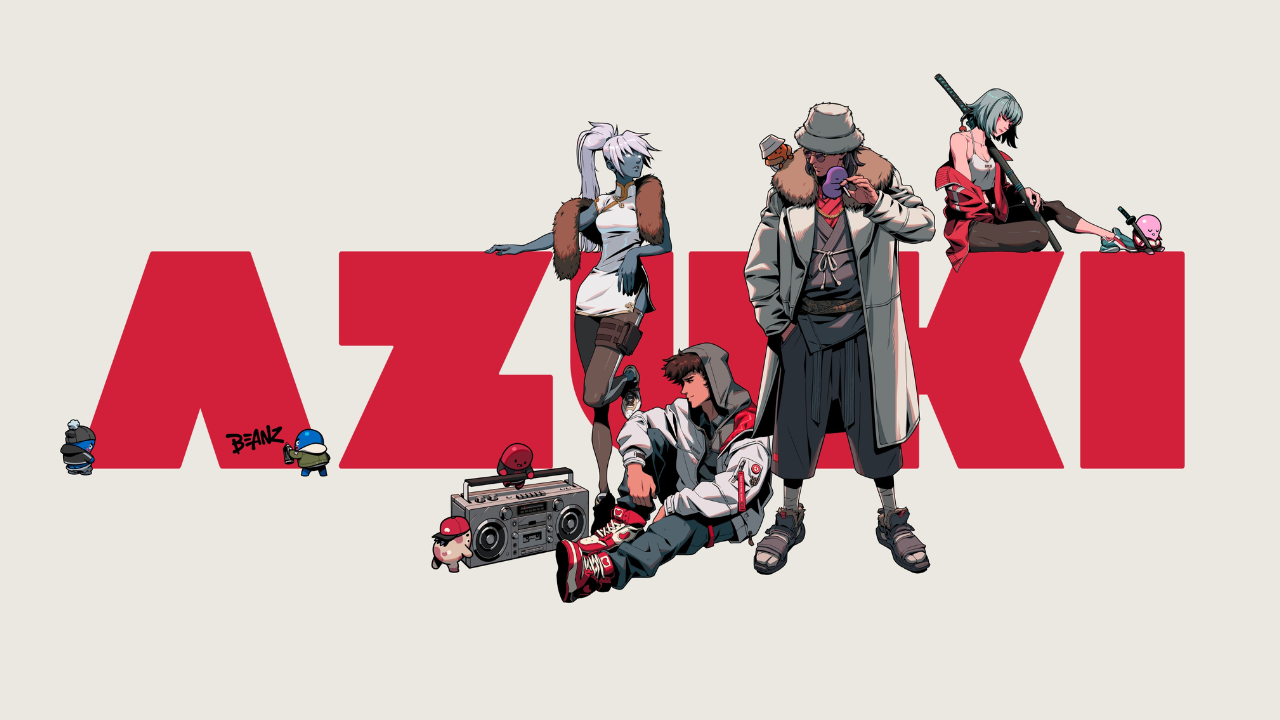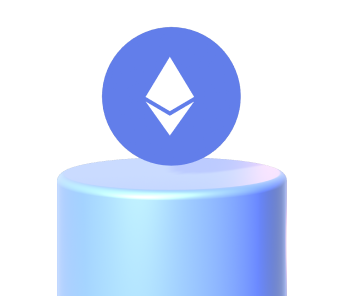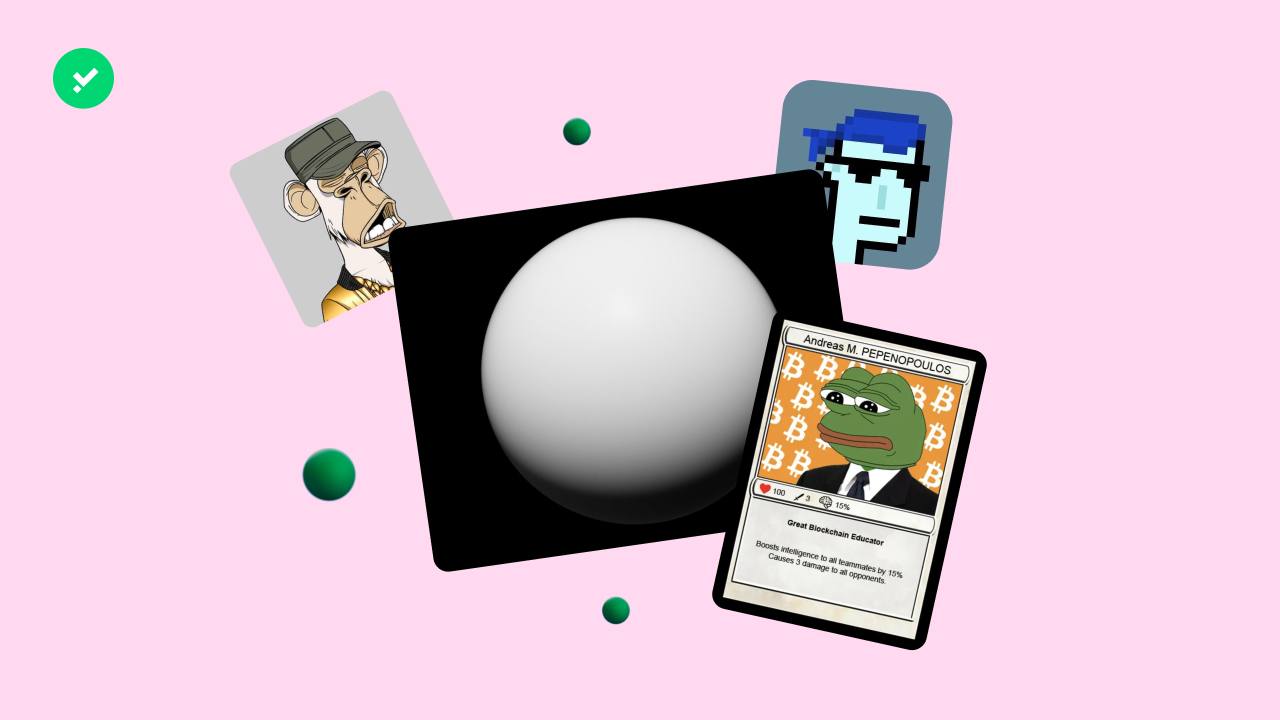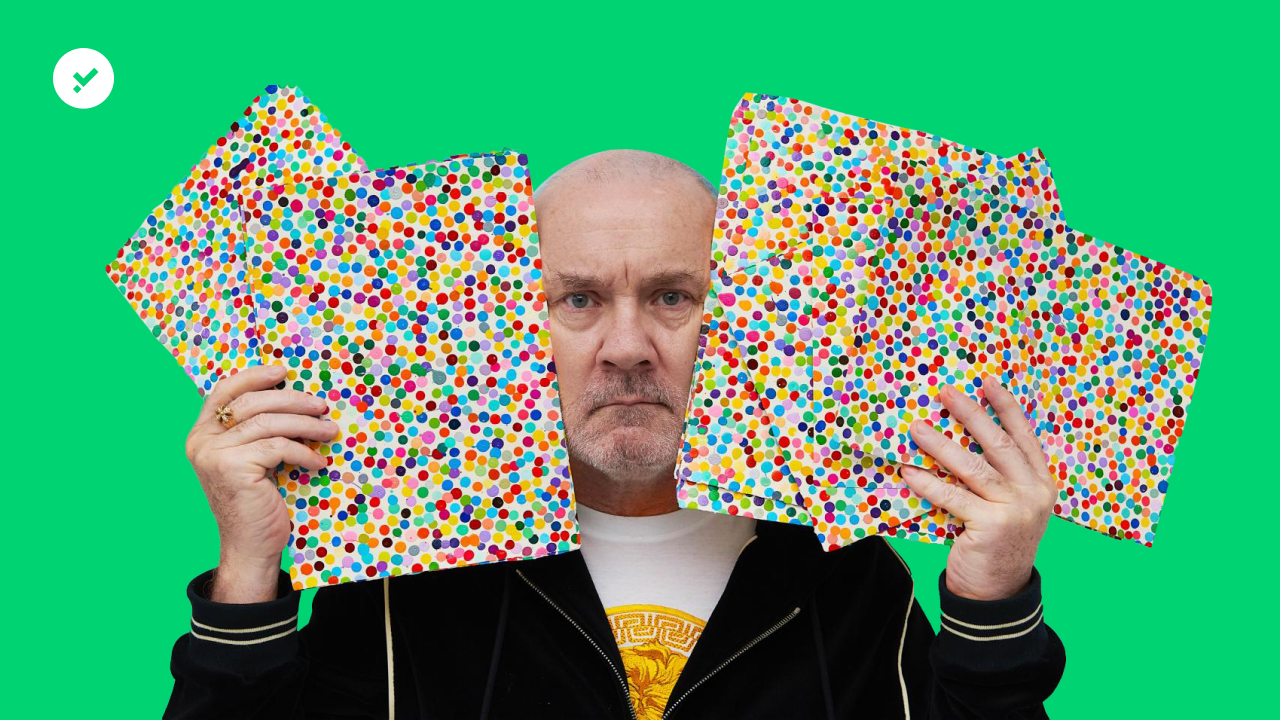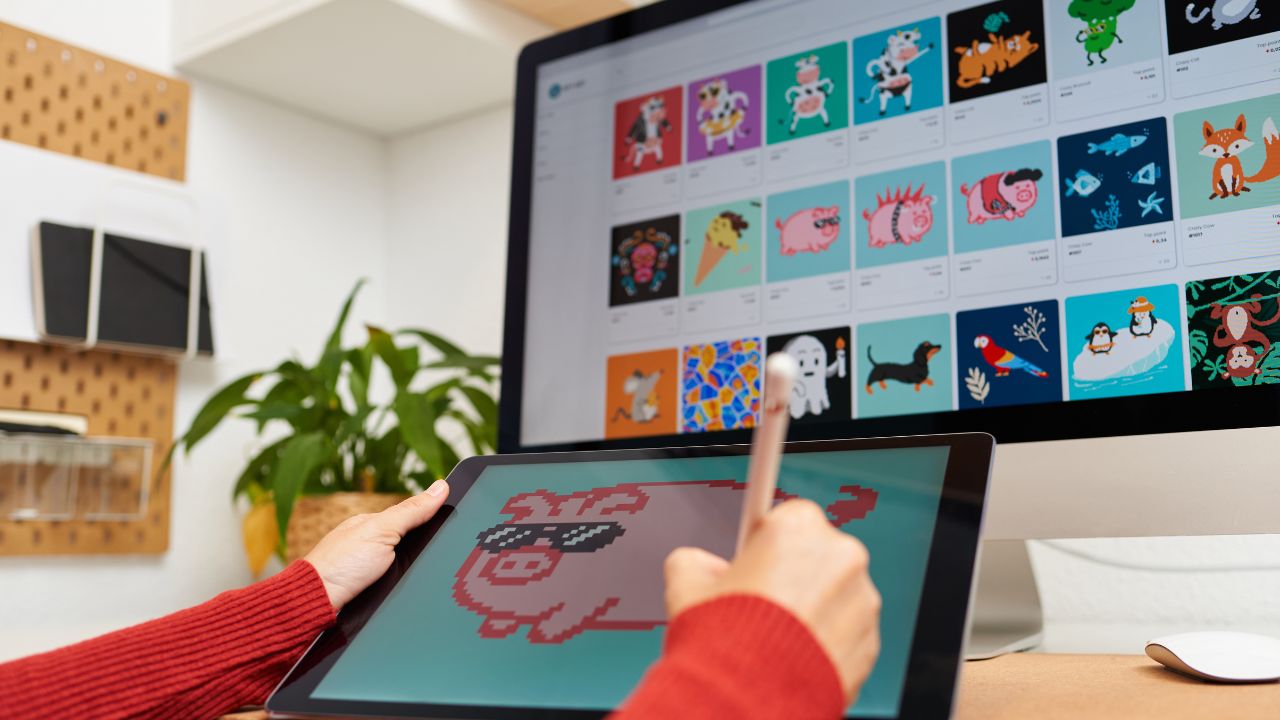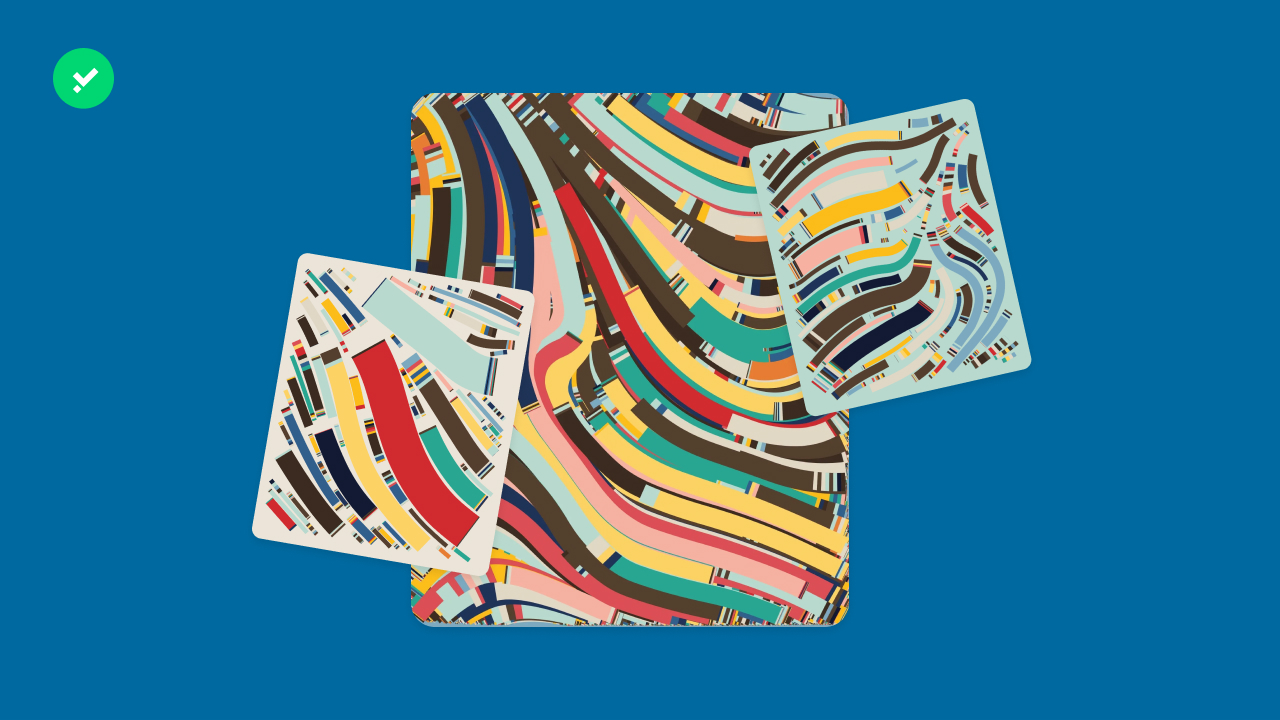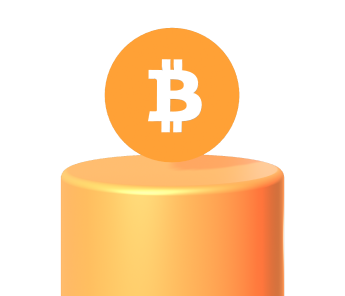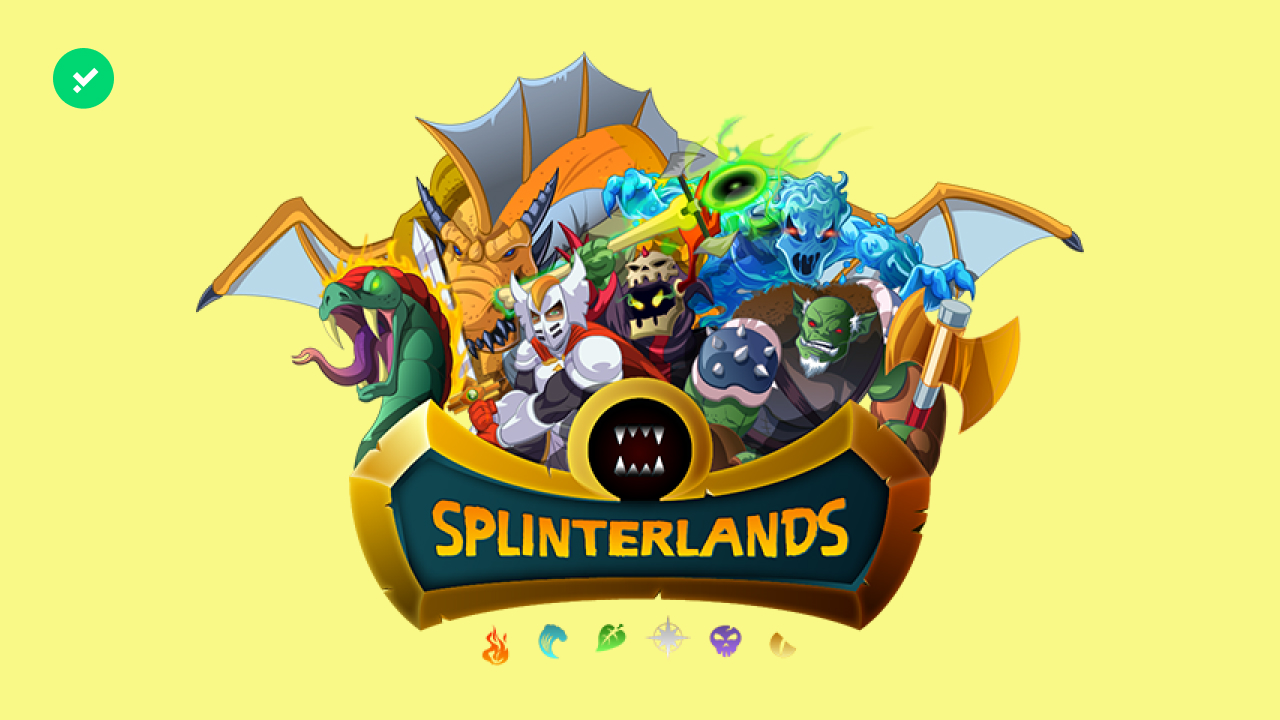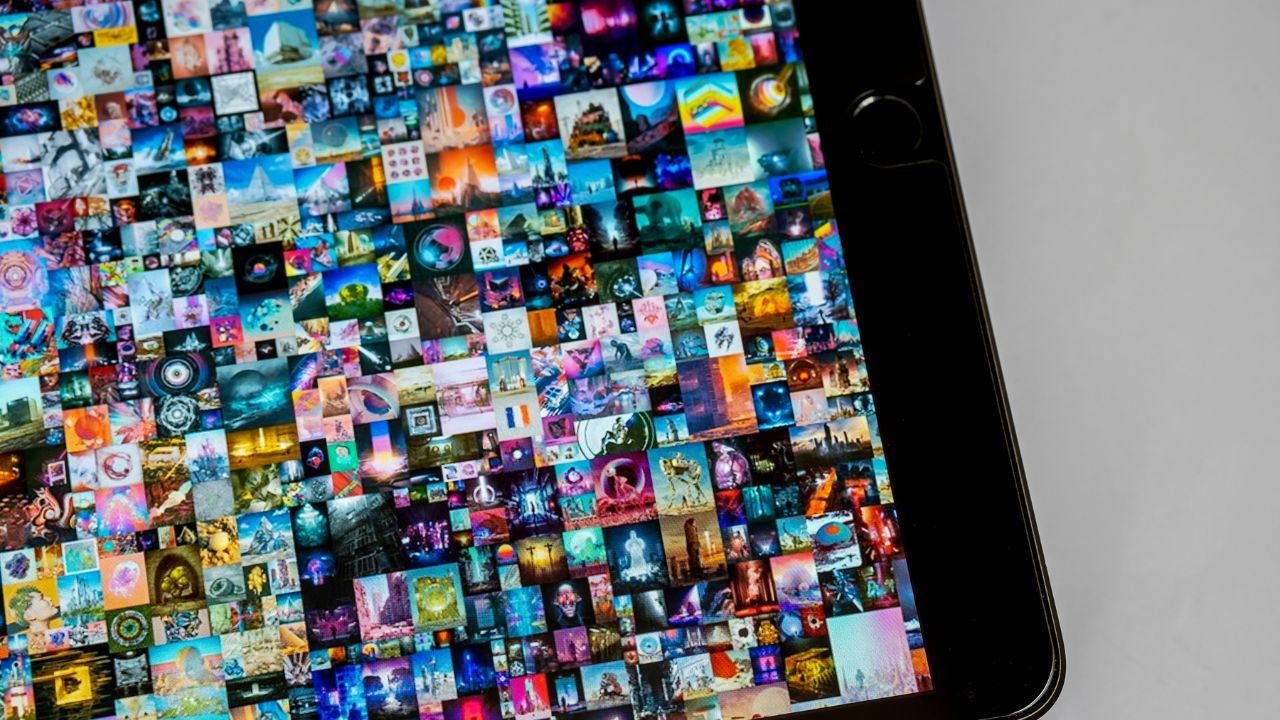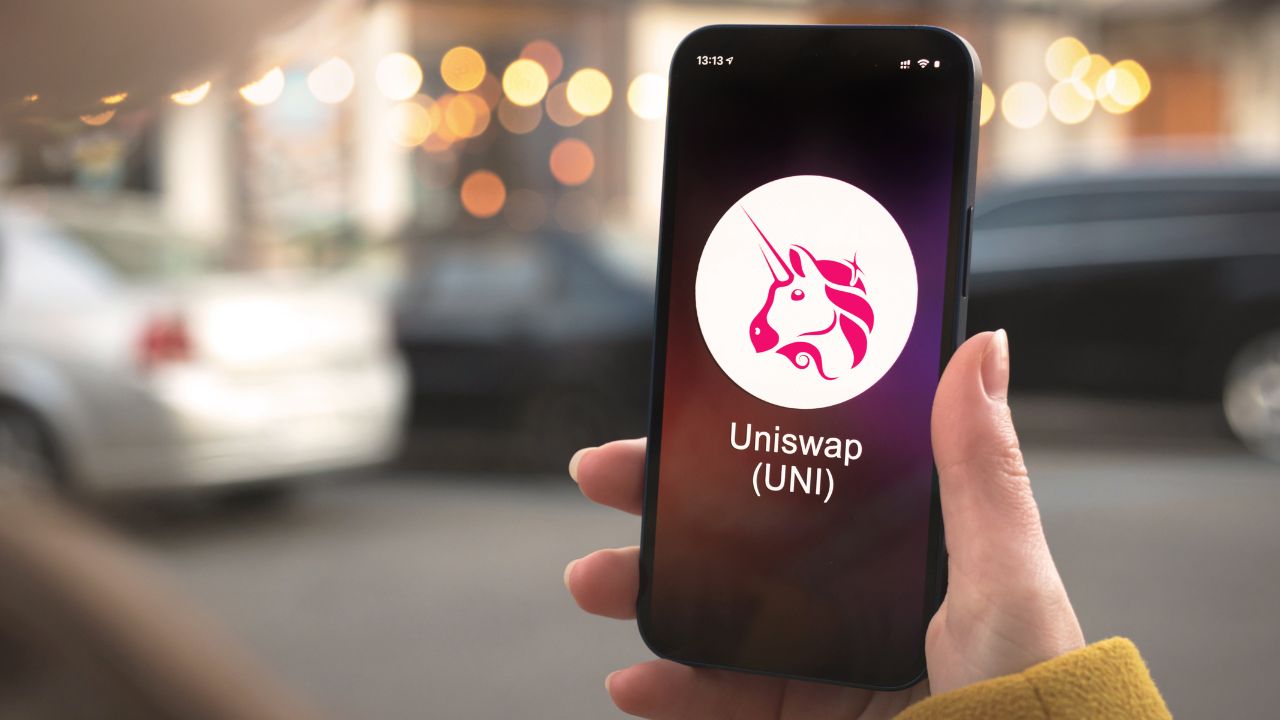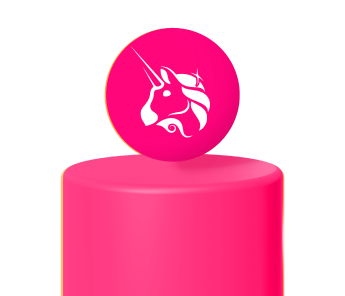FIFA launches an NFT collection on Algorand dedicated to the World Cup with the FIFA+ Collect platform!
The world of football is one of the environments in which Web3 technologies are becoming more established, both in terms of investment and public response. It started with Socios’ fan tokens, then Sorare‘s NFT fantasy football. Now, we are presented with a platform that will be birthed from a collaboration between FIFA and Algorand: FIFA+. The collaboration was already announced in May 2022. Silvio Micali’s blockchain is becoming to all intents and purposes a technical partner of the Fédération Internationale de Football Association. Algorand will not only appear with its logo but will also actively contribute to the expansion of the largest global football federation into Web3. Let’s find out how the FIFA+ platform will work and what will the NFTs of the World Cup look like?
FIFA+ Collect, the most iconic moments of the World Cup in NFT
The memorable moments of the World Cup will soon become NFTs. The last penalty kicked by Fabio Grosso at the 2006 World Cup? Kylian Mbappe’s stunning goal from outside the box that sealed France’s 2018 victory? A clip from the notorious Brazil – Germany match in 2014? FIFA is planning to record iconic footage from World Cup history and keep it forever on the blockchain via a dedicated NFT platform in collaboration with Algorand. The NFT platform is called FIFA+ Collect and is part of the broader FIFA+ project. Fans around the world will be able to buy their favourite goal, assist or chant from the men’s and women’s World Cups of the past! And perhaps also of the near future: the FIFA World Cup Qatar 2022 will be held in November this year. The ownership and uniqueness of the World Cup NFTs will be guaranteed by Algorand’s blockchain. The FIFA+ Collect initiative closely resembles the one undertaken by the NBA, the American basketball league, with the NBA Top Shot project on the Ethereum blockchain
Details on the FIFA and Algorand World Cup NFTs have not yet been released. Teasers of the collections are expected to be released during the 2022 World Cup in Qatar. FIFA+, however, will not only be an NFT platform, but a space where a huge amount of different content can be displayed. Including live football matches, news, games and NFTs. Algorand continues to develop very interesting projects, especially in the world of content. Silvio Micali‘s blockchain also acquired the digital music sharing service Napster earlier this year, and has partnered with LimeWire, launching an NFT marketplace focused on music.
Changing the way of experiencing sport
The launch of the FIFA+ platform opens a broader discourse on the role of fans within the entertainment world of the future. Statements from the person who conceived the collection of official FIFA World Cup NFTs relate to this very topic: “Fandom is changing and football fans around the world are approaching the game in new and exciting ways,” said Romy Gai, FIFA’s Chief Business Officer. “FIFA collectibles will be available to all football fans, everyone will be able to own a part of the FIFA World Cup,” Gai stressed. The slogan of Socios, the platform on the Chiliz blockchain to buy fan tokens of sports teams or clubs that is also a sponsor of UEFA is ‘Be more than a fan‘. This sums up well the idea that Web3 platforms are developing for the enjoyment of sports events. Fans will no longer play the role of a passive spectator, but will be a protagonist in the choices of the teams and to a small extent also the owner of the club. Thanks to the concept of digital ownership, not only fandom, but also the world of sports collecting is changing, especially thanks to tokens and NFTs. In the future, you will be able to be the rightful owner of Maradona’s goal in the 1986 World Cup quarter-finals, from which the nickname ‘The hand of god’ originated (unless perhaps you are an England fan). Also, thanks to fan tokens, you can play your part in defining the destiny of your favourite team by actively participating in transfer market decisions!
